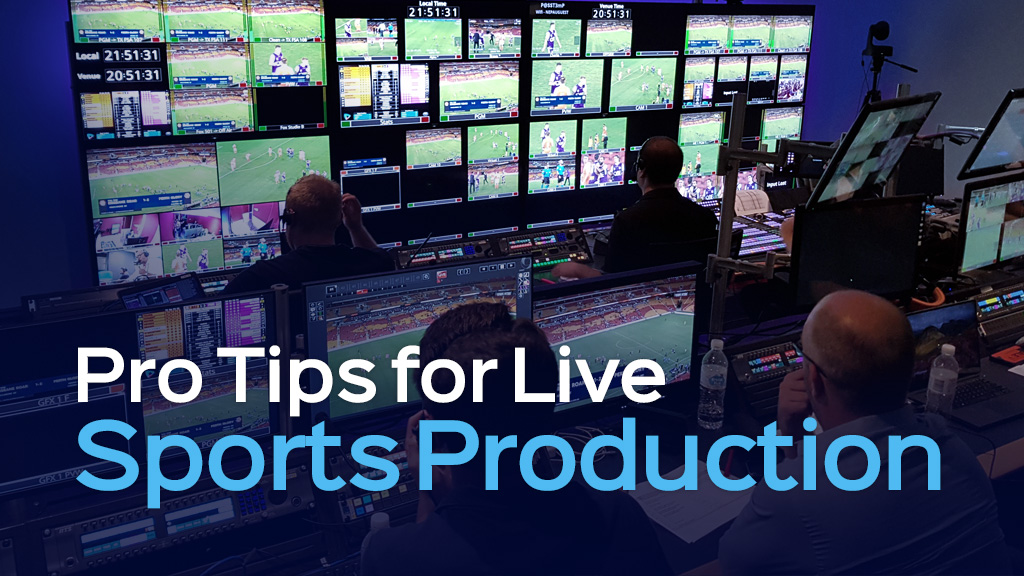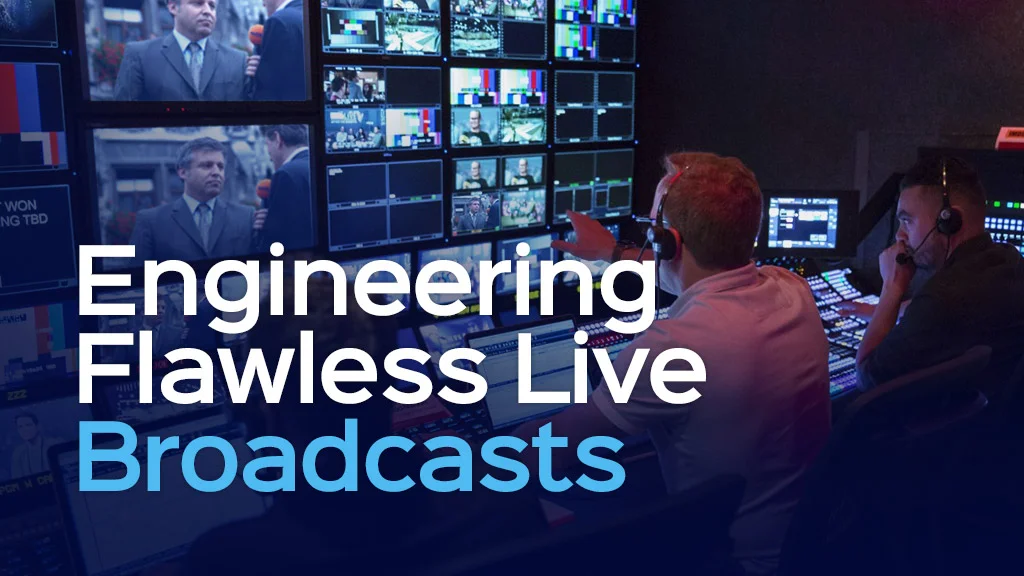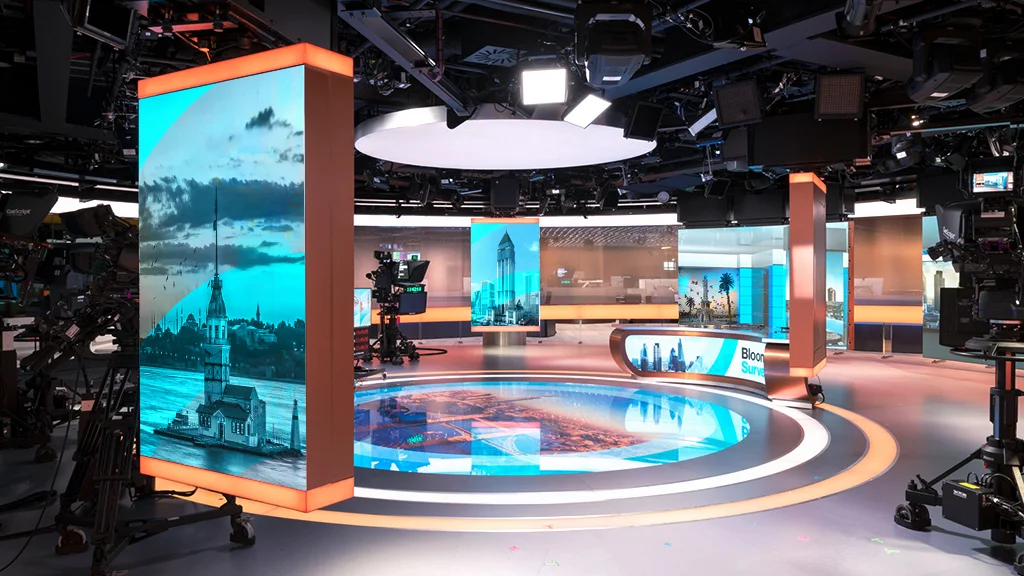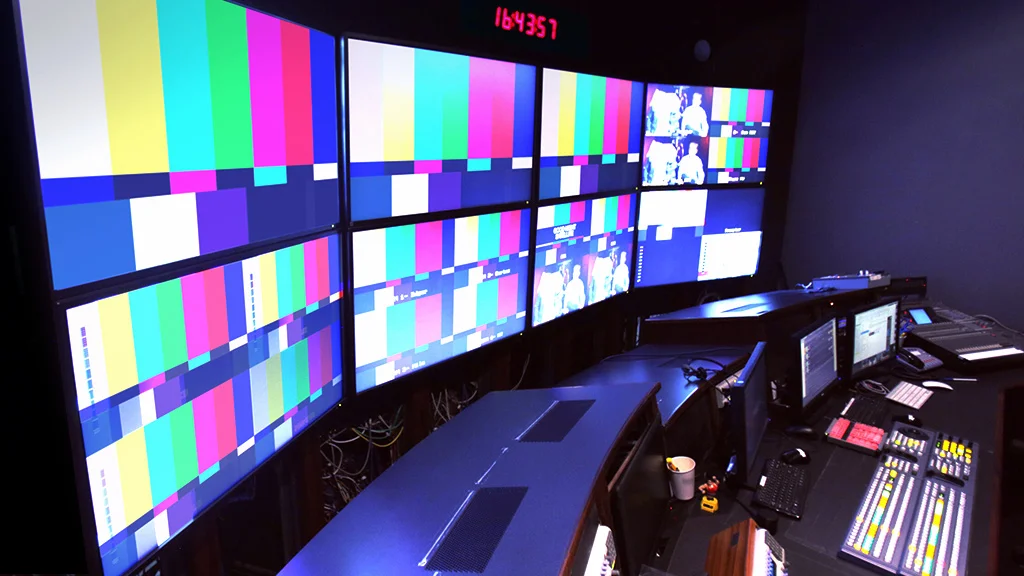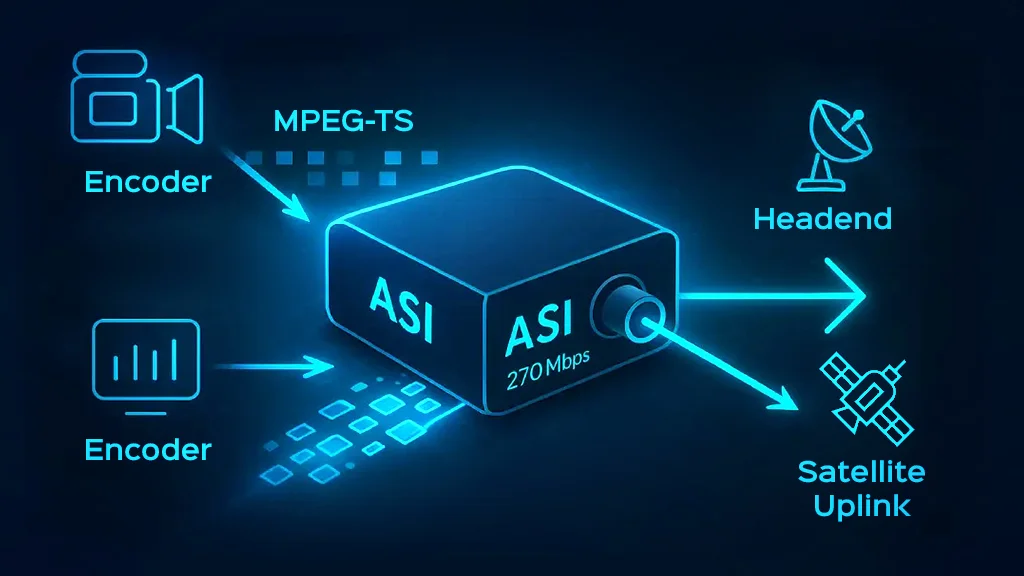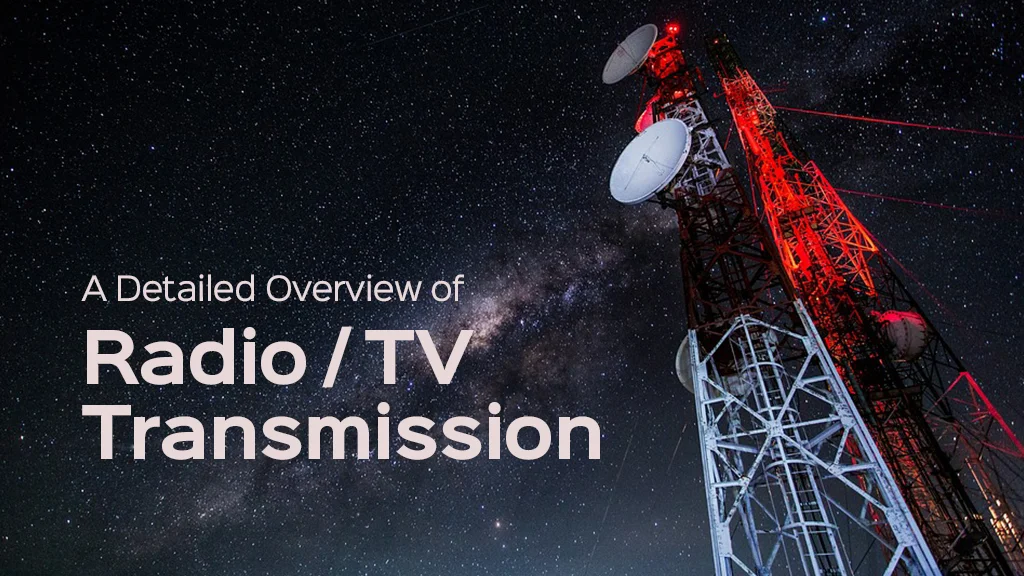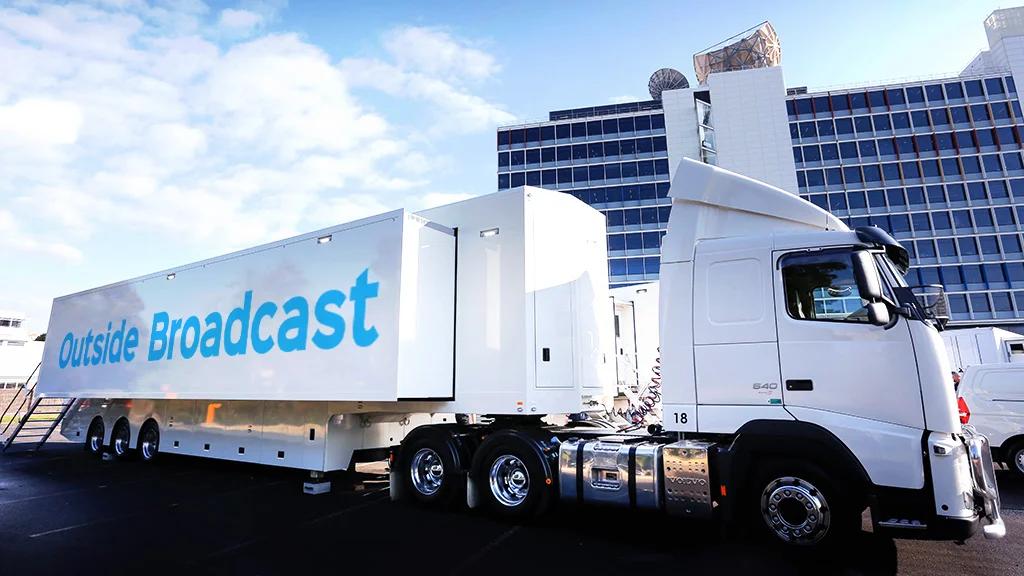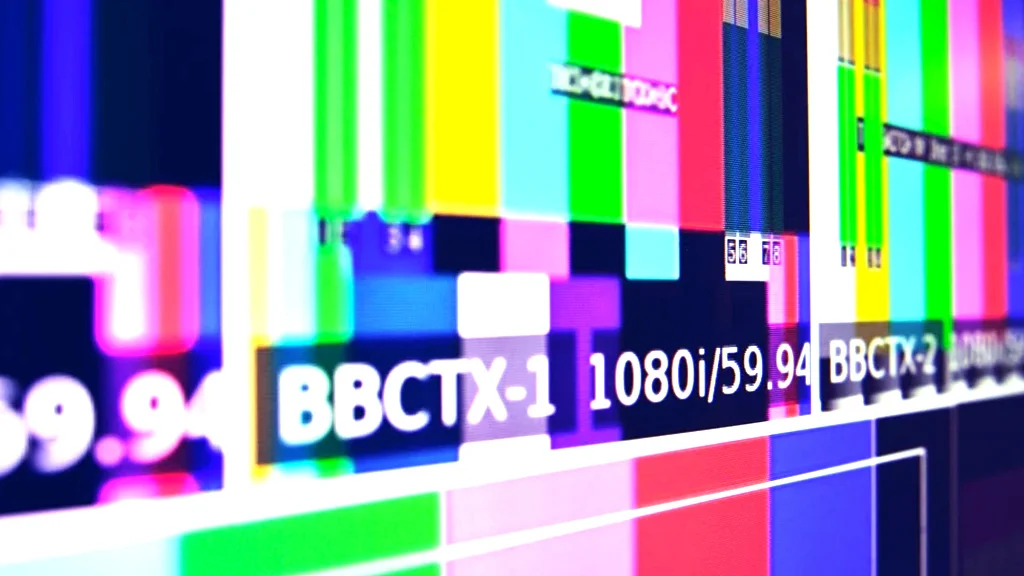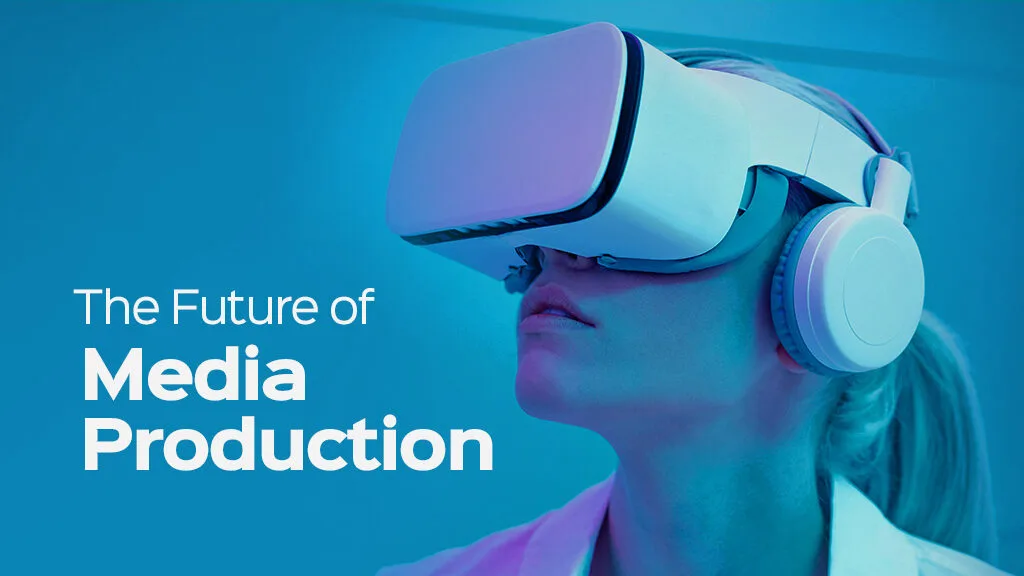
- Article
The Future of Media Production: Benefits and Challenges
Media production technology has undergone significant changes over the past few years, largely driven by advancements in technology and shifts in consumer preferences.
This article explores media production technology, its benefits, challenges, emerging innovations, and the future of media production evolution. Predictions for the future media production landscape include greater content personalization, technology integration, the expansion of platforms, and changing roles within production teams.
By understanding these elements, industry stakeholders can effectively navigate the complex media production future and create meaningful content that resonates with global audiences.
What is media production technology?
Media production technology encompasses the tools, techniques, and processes used to create, edit, and distribute audio and visual content for television, radio, and online platforms. This technology plays a vital role in delivering content (such as news, entertainment, sport events and so on) to audiences worldwide.
Furthermore, utilizing key components of media production technologies in live production infrastructure allows producers to create professional, high-quality, and engaging content. This not only improves the viewer experience but ultimately leads to greater success in live production projects.
Benefits of Modern Media Production
Modern media production technology has revolutionized the way content is created, distributed, and consumed. Here are some of the key benefits:
1. Accessibility
Modern media production technology has made media production more accessible than ever before. With the availability of affordable equipment and user-friendly software, aspiring creators can produce high-quality content without needing extensive financial resources. This democratization allows more voices and perspectives to be represented in the media landscape.
2. Cost Efficiency
Advancements in technology have significantly reduced production costs. Tools such as budget-friendly cameras, digital editing software and Extended Reality (XR) tools enable creators to produce content at a fraction of traditional costs. This efficiency allows for quicker turnaround times and the ability to allocate resources to other creative aspects.
3. Diverse Content Creation
The ability to produce various content forms has expanded dramatically. From podcasts and web series to social media content and virtual reality experiences, creators can cater to diverse audience preferences. This variety enhances engagement and allows for creative experimentation.
4. Global Reach
Digital platforms enable creators to reach global audiences instantly and vastly. This connectivity fosters cultural exchange and allows creators to build international followings. Content can be shared and consumed across borders, breaking down geographical barriers and enabling a more interconnected media landscape.
5. Data-Driven Insights
Modern media production tools often come equipped with analytics capabilities that provide insights into audience behavior and preferences. This data allows creators to tailor their content to meet audience demands, optimize marketing strategies, and enhance overall engagement.
6. Enhanced Collaboration
Cloud-based technologies facilitate real-time collaboration among broadcast teams, regardless of geographical location. Creators can work together seamlessly, sharing files and feedback instantaneously, which streamlines the production process and fosters a collaborative creative environment.
7. Innovation and Experimentation
The rapid pace of technological advancement encourages innovation in storytelling and content formats. Creators can experiment with new techniques, such as interactive content, Extended Reality, and immersive experiences, pushing the boundaries of traditional media.
8. Improved Quality
Advancements in production tools have led to higher quality in audio and visual content. With access to professional-grade equipment and software, creators can achieve cinematic quality in their work, appealing to discerning audiences and increasing the overall standard of media production.
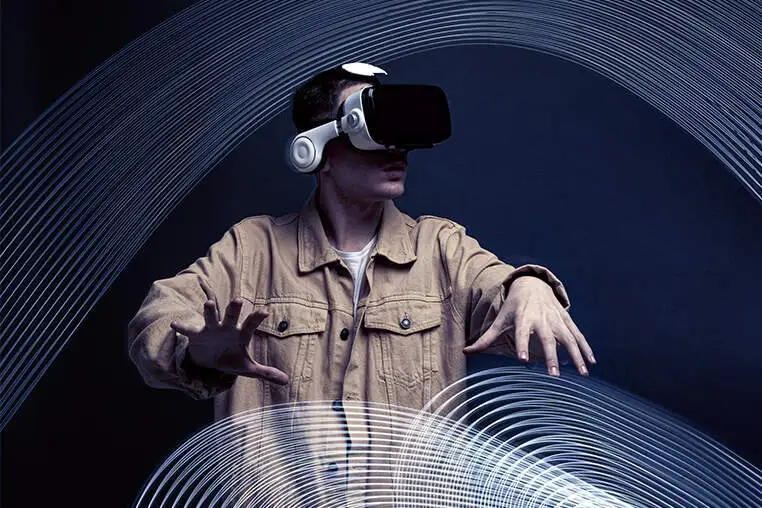
Challenges Facing the Future of Media Production
While modern media production technology offers numerous benefits, it also presents several challenges that the industry must navigate. Here are some key challenges facing the future of media production:
1. Ethical Concerns
The rise of artificial intelligence (AI) and machine-generated content raises significant ethical questions regarding authorship, authenticity, and the potential for misinformation. As technology becomes more sophisticated, it may become increasingly difficult to distinguish between human and machine-generated media, leading to concerns about trust and credibility.
2. Market Saturation
The democratization of media production technology has led to an overwhelming amount of content available across various platforms. This saturation makes it challenging for individual creators to stand out and attract audiences. With so many options, viewers may struggle to find quality content, while creators may find it difficult to gain visibility. Additionally, finding sustainable business models in an oversaturated market is increasingly difficult for content producers.
3. Maintaining Quality
With the influx of content produced by both amateurs and professionals, maintaining quality becomes challenging. Audiences may encounter a wide range of production values, leading to a potential decline in overall content standards. Creators must strive to produce high-quality work in a crowded marketplace, leveraging advancements in media production technology while preserving creativity and originality.
4. Technological Dependency
As media production becomes increasingly reliant on advanced technology, there is a risk of losing traditional skills and techniques. Over-reliance on automated processes may diminish the artistry and craftsmanship involved in media creation, potentially impacting the quality and originality of content.
5. Access Inequities
While technology has made media production more accessible, disparities in access to high-quality tools and reliable internet connectivity persist, particularly in underserved communities. This inequity creates barriers for aspiring creators who lack the resources to participate fully in the media landscape.
6. Intellectual Property Issues
The ease of sharing and modifying content in the digital age raises concerns about intellectual property rights. Creators must navigate complex copyright laws and the potential for unauthorized use of their work, which can lead to disputes and financial losses.
7. Privacy Issues
As media production increasingly relies on data collection and analytics for personalization and marketing, privacy concerns become paramount. Users are becoming more aware of how their data is used, leading to demands for transparency and ethical data practices. Balancing effective targeting with user privacy remains a critical challenge.
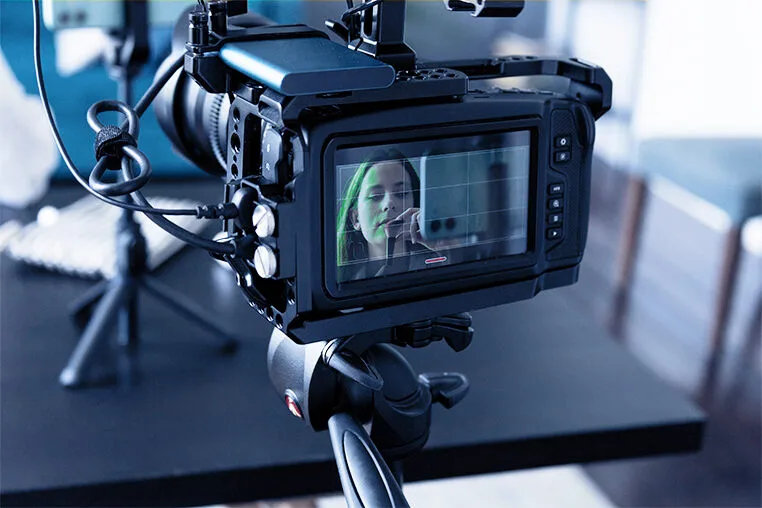
Innovations in Media Production Technology
The landscape of media production has transformed dramatically with the advent of modern technologies, particularly in the realms of Artificial Intelligence (AI), Extended Reality (XR) and Cloud-Based Production. These innovations are redefining how content is created, edited, and experienced, offering unprecedented opportunities for creativity and efficiency.
Artificial Intelligence (AI): AI is transforming content creation in AI media production by assisting in scriptwriting and automating video production, enabling faster editing processes. It also enhances personalization through audience analysis, providing tailored content recommendations and adjusting experiences in real-time based on viewer reactions. Furthermore, AI media production leverages AI-driven tools to create realistic visual effects and facilitate voice recognition and synthesis, streamlining dubbing and localization.
Extended Reality (XR): XR encompasses Virtual Reality (VR), Augmented Reality (AR), and Mixed Reality (MR). VR enables immersive storytelling, allowing viewers to engage in interactive narratives, while also serving as a training tool across various industries. AR enhances marketing by allowing consumers to visualize products in their environment, and it enriches live events with digital overlays. MR fosters collaboration by merging physical and digital worlds, enabling teams to work together seamlessly from different locations.
Integration of AI and XR: The integration of AI with XR creates intelligent virtual characters that respond dynamically to user interactions, enhancing immersion. This combination opens new creative possibilities, streamlines production processes, and fosters deeper audience engagement through personalized and interactive experiences. However, as these technologies evolve, ethical considerations regarding content authenticity, privacy, and potential manipulation must be addressed to maintain audience trust. Overall, AI and XR innovations are revolutionizing media production, making content creation more engaging and efficient.
Cloud-Based Production: Cloud technology facilitates real-time collaboration among creators, regardless of their physical location. Tools like cloud storage, editing software, and project management platforms allow teams to work together seamlessly, share files, and provide feedback instantaneously, streamlining the production process.
Read also :
The Future of Technology in Media Production
Looking ahead, Key predictions include:
Greater Personalization: Content will become increasingly tailored to individual preferences, utilizing data analytics and AI to create custom viewing experiences.
Integration of Technologies: The blending of AI, XR and traditional media tools will create new forms of storytelling and production methods.
Expanded Platforms: With the rise of new platforms, content distribution will diversify, creating new opportunities for producers to reach different audiences.
Evolving Roles: The roles within media production teams will shift as technology alters the landscape, requiring continual adaptation and new skill sets.
In conclusion, while modern media production presents exciting opportunities for creativity and engagement, it also brings challenges that must be addressed. By embracing innovation and remaining aware of the evolving landscape, media producers can navigate the complexities of the future, creating meaningful and impactful content that resonates with audiences around the world.
